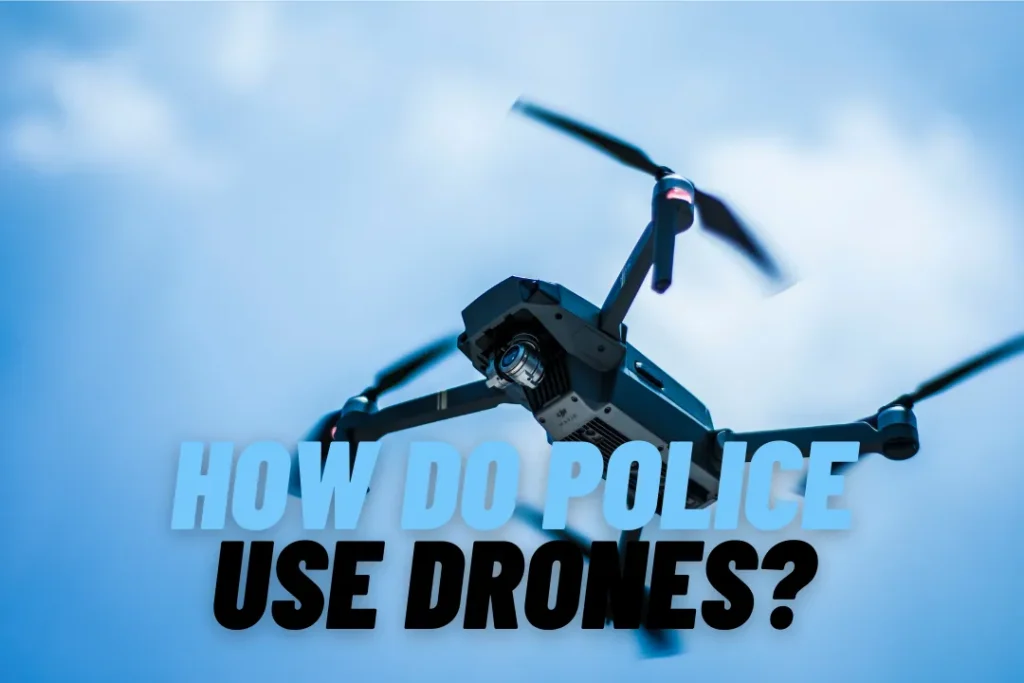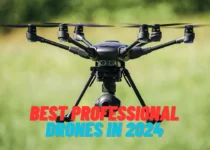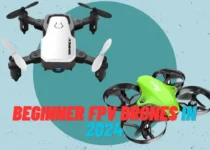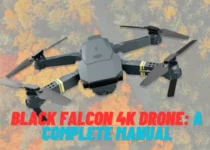How Police Use Drones?

Drones, or unmanned aerial vehicles (UAVs), provide multiple functions for law enforcement agencies, including traffic control and search and rescue operations. As drone technology has improved and become more affordable, its use by authorities has grown in recent years.
Here are a few examples of how police frequently employ drones
Rescue Operations
Drones can be utilized in search and rescue operations to locate individuals who have gone missing or who have been lost while hiking in remote or otherwise inaccessible places.
Drones that have thermal imaging cameras on board can locate humans even when the light is dim or the sky is cloudy because they can sense core body temperature. Additional sensors, such infrared cameras or lidar, can be added to them so they can detect motion or follow objects in motion.
Drones offer an aerial view of a crime scene
Which officers can use to collect more detailed proof and information. Making 3D representations of the situation using them helps in analysis and reconstruction. The use of drones to film crime scenes from above can sometimes yield essential details for police.
Drones can help with traffic management
By keeping an eye on the roads for accidents or jams police can react faster. They can also keep an eye on roadwork or construction sites, communicating back to traffic control employees in real time.
Controlling Crowds
Drones can keep an eye on demonstrators during rallies and other public events, providing police current information on the number of people and how they’re behaving. When deployed effectively, they can also detect imminent dangers like stampedes or conflicts.
Surveillance
Drones can be utilized for the purpose of surveillance, such as maintaining checks on areas with high crime rates or offenders in an ongoing inquiry. They can track individual locations and actions with the use of built-in cameras and other sensors.
Reaction to Disasters
Emergency response personnel and relief groups can benefit immensely from the data collected by drones after a natural disaster or other emergency by using them to survey the area and determine the extent of the damage. They can be configured with sensors that identify potential dangers such as gas leaks, fire hotspots, and more.
Rules For Drone Usage
There are rules and privacy concerns around the usage of drones by the police. To avoid violating people’s right to privacy and to promote responsible and transparent drone usage, several police departments have established policies and procedures.
For instance, there are some agencies that mandate the need for a warrant before using drones for surveillance, and there are others that require the deletion of drone footage after a specific amount of time has passed. In general, police drones can be a great tool to make communities safer and more efficient, but only if used in a way which does not breach people’s privacy and does not compromise public safety.



